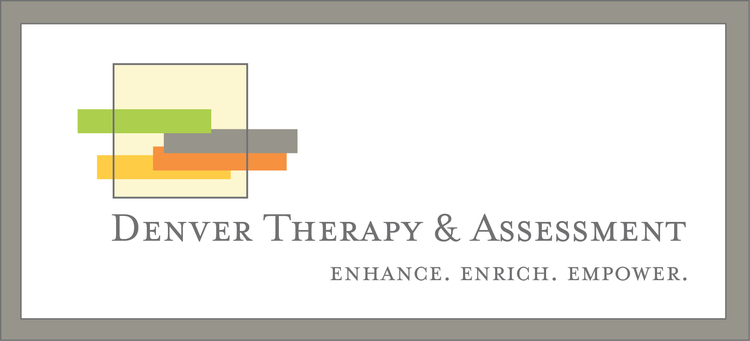September is suicide prevention month. Suicide is the third leading cause of death among young people and is most often the result of serious mental health conditions. In order to work towards preventing suicide, we must understand exactly what it is and what it isn't. There are a lot of misconceptions about suicide (Example 1: If you ask someone if they are suicidal, it will cause him/her to become suicidal. This is FALSE!). As a result, it can feel difficult to know how to reach out to someone who is struggling. Help end the stigma around suicide and mental illness: understand the risk factors and warning signs. Suicide can affect anyone, regardless of age, race, and gender. Teachers, parents, physicians, friends, siblings, partners--you may be the first to notice things that would suggest someone is considering suicide. One conversation can change a life.
There are lots of places to find tools for coping with suicidal thoughts, talking to someone about suicide, and for gathering accurate information about risk and warning signs. Here are a few:
https://www.nami.org/suicideawarenessmonth/hp
http://www.npr.org/sections/ed/2016/09/02/478835539/6-myths-about-suicide-that-every-educator-and-parent-should-know
http://mantherapy.org/#!
http://www.carsonjspencer.org/
Visit www.DenverTherapyAssessment.com for more information about my practice.

